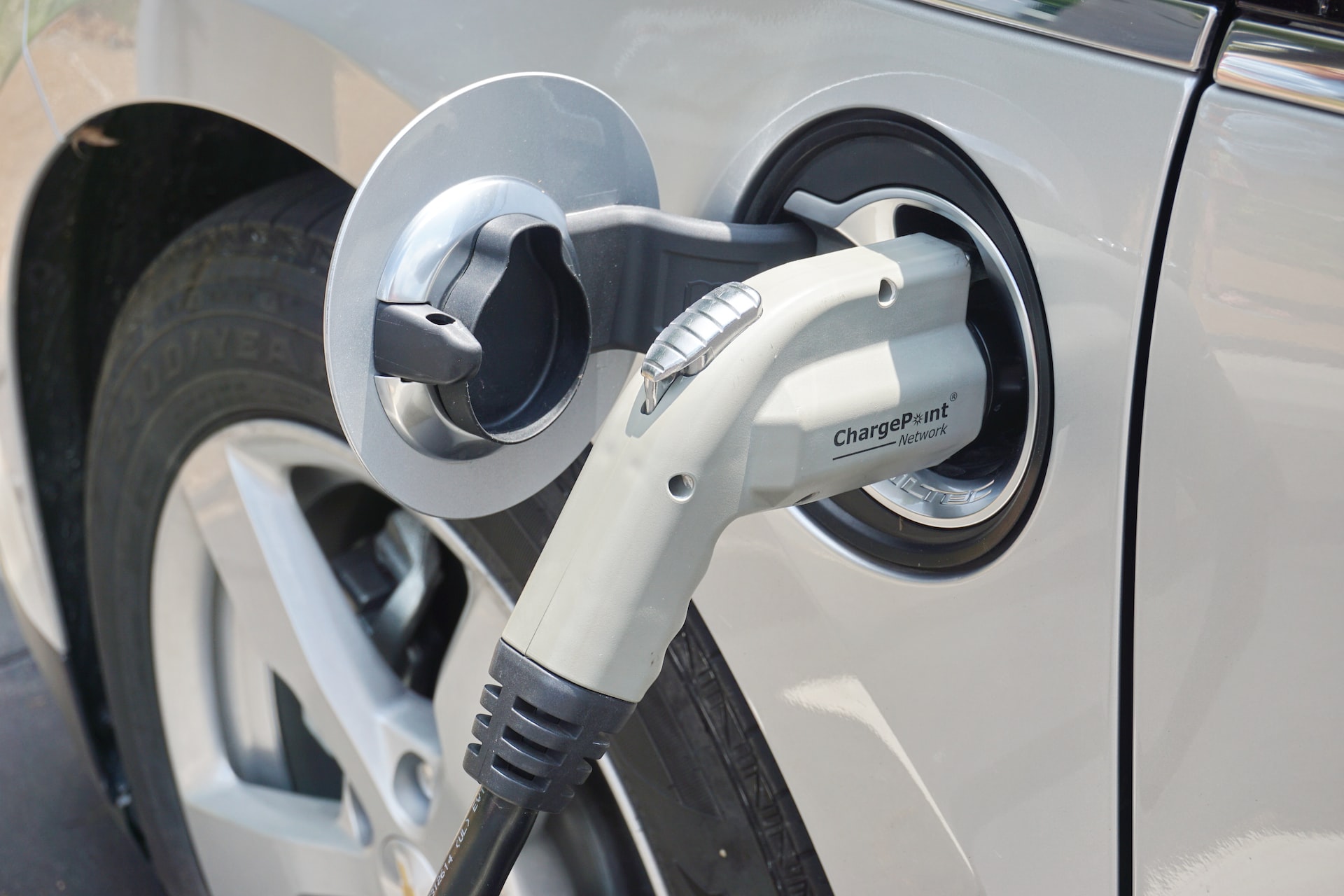While the TPMS is a great feature to help ensure that your tires are always properly inflated when you can’t find the TPMS reset button, it can render the entire system useless.
But where could this pesky button be, and what can you do if you can’t find it? More importantly, what’s the difference between a TPMS reset and a relearn? We’ll break down everything you need to know here.
General Tips for Resetting a TPMS Light
We know you’re looking for the TPMS reset button, but we’d be remiss if we didn’t mention that most of the time you don’t even need it to reset the TPMS Light! That’s because once you fill up the tires to the adequate air pressure and drive 50 miles per hour for at least 10-minutes, the TPMS light should reset on its own.
And even the 50 miles per hour for 10-minutes is usually a little overkill. Often, all you’ll need to do is spend a few minutes driving down the road at a slower speed, and the TPMS will adjust to the new tire pressure.
This makes sense since if all you’re trying to do is get the system to notice the change in tire pressure – and it’s the tire pressure sensor’s job to let you know the current pressure in the tire.
However, if you’re unable to travel at the necessary speed to get the TPMS light to reset, you do have another option – even if you can’t track down the TPMS reset button. All you need to do is disconnect the battery and leave it disconnected for about 10 minutes to reset the entire vehicle.
Once you reconnect the battery, your vehicle has to redetermine the tire pressure in each tire, which resets the TPMS light.
Possible TPMS Reset Button Locations
There are several potential locations for the TPMS reset button in your vehicle. While most guides tell you that it’s below the steering wheel, that’s a little misleading.
That’s because the location is usually below the farthest left A/C vent on the side panel there. So while this is “below the steering wheel,” it’s not where you think to look when you hear that.
Other possible locations include:
- On the steering wheel itself
- On the dash
- On the center console
- In the “Settings” of an advanced center console
Please keep in mind that this will force the TPMS to re-evaluate the air pressure in each tire, but it will not “relearn” the system, and it won’t rectify a problem in the TPMS itself.
Relearning the TPMS
If you replace a TPMS tire pressure sensor in one of the tires, chances are a simple TPMS reset won’t do the trick. That’s because almost 2/3rds of vehicles require a tool to reset the TPMS system – and even many that have this feature can only learn one new TPMS sensor at a time. So, if you replaced multiple sensors, you’ll still need a relearn tool.
This is why if you’ve replaced a TPMS sensor, it’s usually best to take it to a repair shop to let them relearn the system. While you can purchase the tool yourself, unless you plan on repeatedly replacing the sensors, chances are you’ll never make it a cost-effective purchase.
However, if you do a lot of mechanical work and have an OBD-II reader, oftentimes, these will have a TPMS relearn feature in them.
What Does It Mean When the TPMS Light Is Flashing?
If you have a flashing TPMS light, it doesn’t matter how many times you press the button or disconnect the battery; it’s not going to make the problem go away. That’s because a flashing TPMS light indicates a problem in the system.
Usually, this is a faulty TPMS tire pressure sensor, but it could be a variety of problems. You’ll need to troubleshoot the problem with the help of an OBD-II scan tool, as this will let you look at the readings from each sensor and the overall voltage in the system.
Final Tips
While a TPMS reset button can’t fix every problem, it’s a risk-free shot to see if it can’t fix your problem. Hopefully, after reading our guide, you were able to track down your TPMS button or at least find a workaround where you don’t need it.
But if resetting the TPMS doesn’t get the light to turn off, it’s time to investigate further with an OBD-II scan tool or an automotive repair shop. Because while you might not care too much about the TPMS function, you need to be sure that it’s not coming from a more significant problem.








